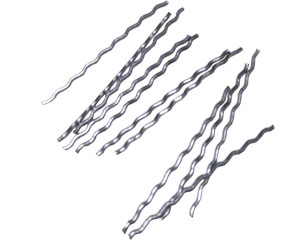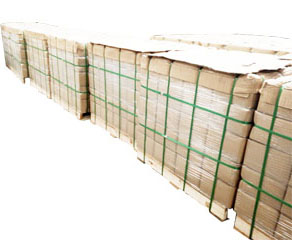------XRT-SWF

Brief Introduction of Waved Steel Fibers
Waved steel fibers are high-performance steel fibers that enhance concrete's anti-impact and anti-fatigue capabilities while improving its impermeability. Characterized by high tensile strength, excellent toughness, and cost-effectiveness, they often serve as a substitute for grid-arranged steel fibers. Compared with other steel fiber shapes, they are widely used in infrastructure projects such as slopes, bridges, tunnels, airports, ports, and railway sleepers.

Waved Steel Fibers Application Domains
ⅰHighway & Bridge Engineering
Highway pavements, bridge deck pavements, box arch bridges, continuous box
girders.
ⅱ Hydraulic Engineering
Dams, underground powerhouses, hydraulic tunnel linings, water erosion-resistant
components, gates, gate slots, aqueducts.
ⅲ Railway Engineering
Prestressed concrete railway sleepers, double-block railway sleepers.
ⅳ Harbor & Marine Engineering
Anti-corrosion steel pipe piles, wharf facilities, submarine concrete structures.
ⅴ Tunnel & Underground Engineering
Hydraulic tunnel linings, mine tunnels, railway/highway tunnel linings.
ⅵ Pipeline Engineering
Centrifugal pipes, vibration-extruded pipes, pump pipes, steel fiber-reinforced concrete pressure pipes.














































